Have you ever wondered why your friend’s garden seems to be flourishing while yours is…well…not? It might have everything to do with the soil. In this post – soil types explained. In this ultimate guide, we’ll look at the different types of soil, their pros and cons, and how you can improve the soil in your garden.
Why is Soil Quality so Important in the garden?
The quality of soil in your garden can make or break the success of your plants. Different types of soil have different levels of nutrients, water-holding capacity and pH balance. Understanding which type is best for your garden will help you get better results with less effort.
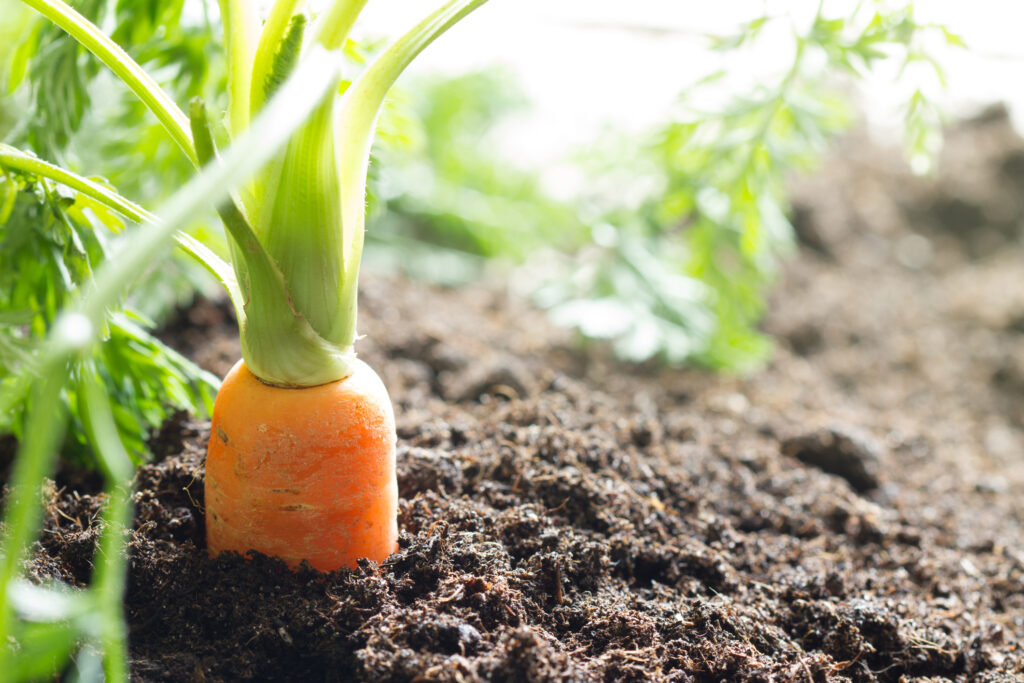
What is Soil?
Soil is a complex mixture of organic matter, minerals, gases, liquids and organisms that together support life. It supports the growth of plants by providing nutrients and anchorage for plant roots.
It is composed primarily of minerals derived from rocks and organic matter, which is made up of decaying plant and animal material. The type of soil in your garden can affect the balance of nutrients, water-retention capacity and pH balance of your garden (acidic/neutral/alkaline).
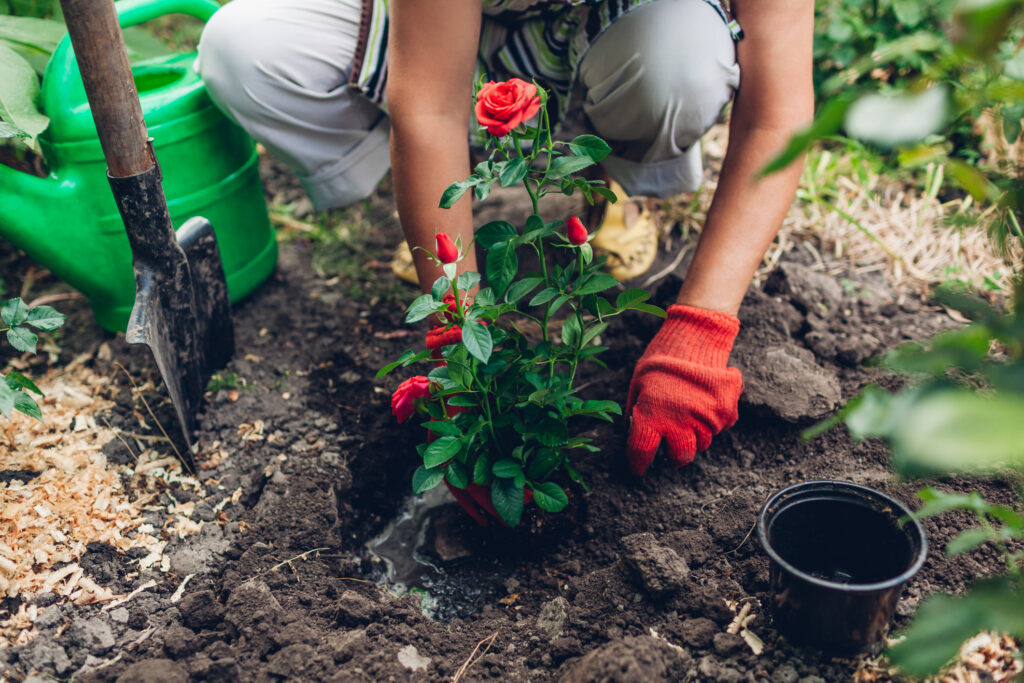
What are the Main Types of Soil?
The three main types of soil are sand, silt, and clay. Each type has its own unique characteristics that can affect the health of your plants.
Sand
Sand – sometimes called light soil – is composed of large particles and has good drainage, but it doesn’t retain water or nutrients very well.
Due to its light nature, it’s generally easy to work with. It’s best for plants that prefer dry conditions, such as cacti and succulents.
Silt
Silt is a medium-density soil composed of small particles with good water and nutrient retention, but it can become compact and hard to work with.
Clay
Clay – sometimes called heavy soil – is composed of very small particles and is very good at holding water and nutrients. But it can become water-logged easily in some situations, as it doesn’t drain as well as lighter soils.
Clay can also be very hard to work with. If the ground n your garden is a soggy bog all winter and then cracks like hard concrete in summer, then chances are you have clay soil.
Special Soil Types
There are also other special soil types that you may encounter, including loam, humus and peat or lime soils.
Loam is a mix of sand, clay and silt particles – you could say a useful blend of all characteristics.
Humus and peat soils are mostly organic material – highly fertile and great at water retention.
Chalky or lime soils have a high pH level and are known as alkaline soils. While this is not ideal for much of the garden, some plants will thrive in such soil.
What Type of Soil is in My Garden?
It’s important to identify what type of soil you have, so you’ll know how best to treat it. You can test the soil yourself by taking a sample and using a special kit to perform some tests on it.
Or you could simply take a close look at the physical characteristics of your garden soil – if it feels gritty like sand, or slick like clay when wet, then you may have a good idea of which type it is.
If you’re in the UK and unsure about your soil type, then there is a very useful map developed by National Soil Resources Institute (NSRI). It’s an interactive tool, so you can find your area on the map and read about the soil type and properties.
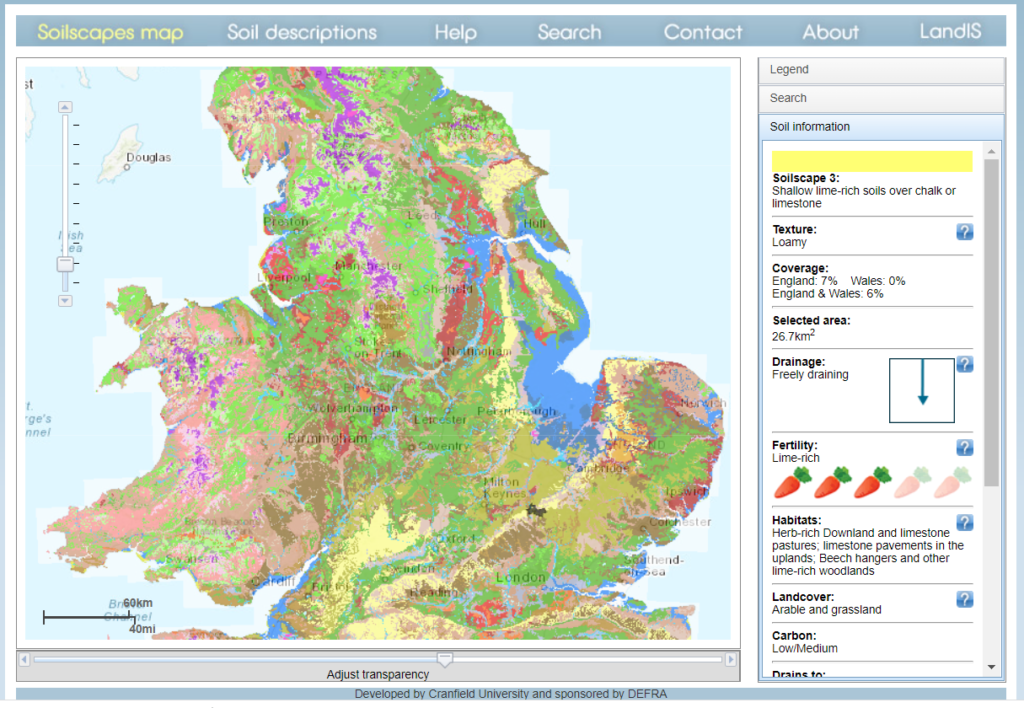
Which Type of Soil is Best for Gardening?
As you may have gathered by now, there is no one-size-fits-all answer to this question. Different types of garden plants will require different soil types for optimal growth. In general, loam is the best type for general gardening, as it has a good balance of all three elements: sand, silt and clay.
Ultimately, the best soil type is the one most suited to the specific plants you wish to grow in that area. The key thing to understand is that not all soils are equal and that it’s always possible to alter, improve or replace soil in different areas of your garden. The right soil creates the best chances for different plants to thrive.
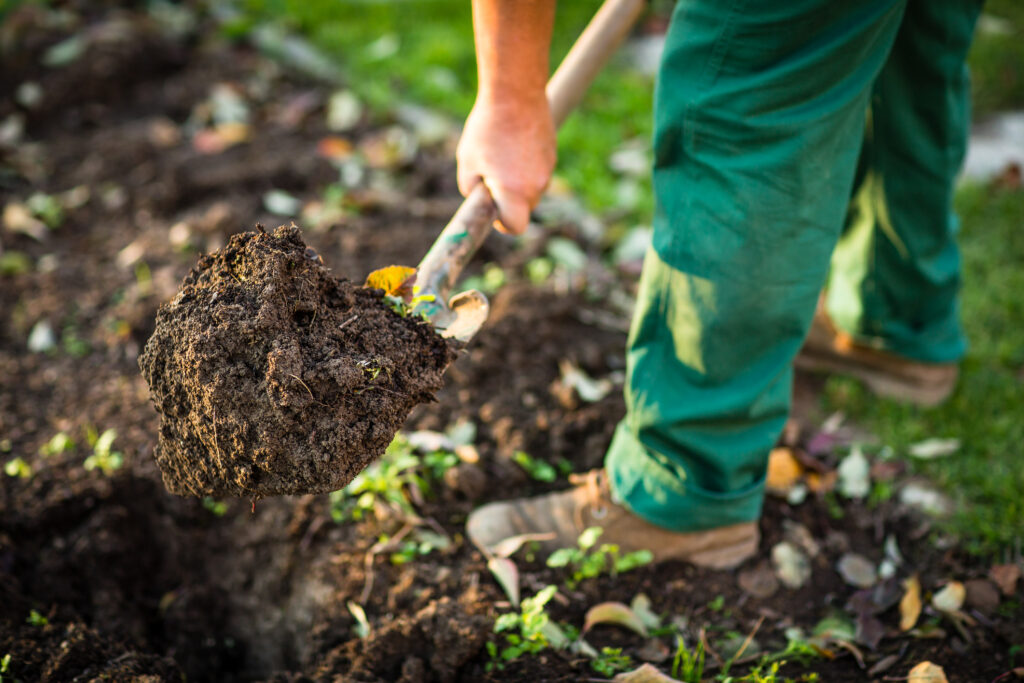
What Can I Do to Improve My Soil?
You can improve your soil by adding organic matter such as compost and manure. This will help to improve the drainage and aeration of your soil, as well as adding essential nutrients for plant growth. Mulching can also be beneficial as it helps to retain water in the soil for longer.
If you wish to change the acidity of your soil, then you can use sulphur or lime to alter the pH balance. If you’re not sure what to do, it’s best to consult with an expert in this matter.
What is Organic Matter and How Do I Use It?
Organic matter is any material that comes from plants or animals and has decayed over time. There are many different types to choose from – here are a few commonly used in the garden…
Compost – this is a mix of organic material, typically made up of leaves, grass clippings and kitchen scraps. This can be bought or homemade. It’s usually very rich in nutrients.
Manure – manure is animal waste, usually from cows, horses or chickens. It has high levels of nitrogen, phosphorus and potassium – key nutrients for plant growth.
Leafmould – this is made from leaves that have been allowed to break down over several months. It’s great for improving the structure of your soil and helps with water retention.
Woodchip – woodchip is made from shredded tree branches and can be bought from garden centres. It’s good for providing nutrients to the soil, but also helps to keep weeds down while keeping moisture in the ground at the same time.
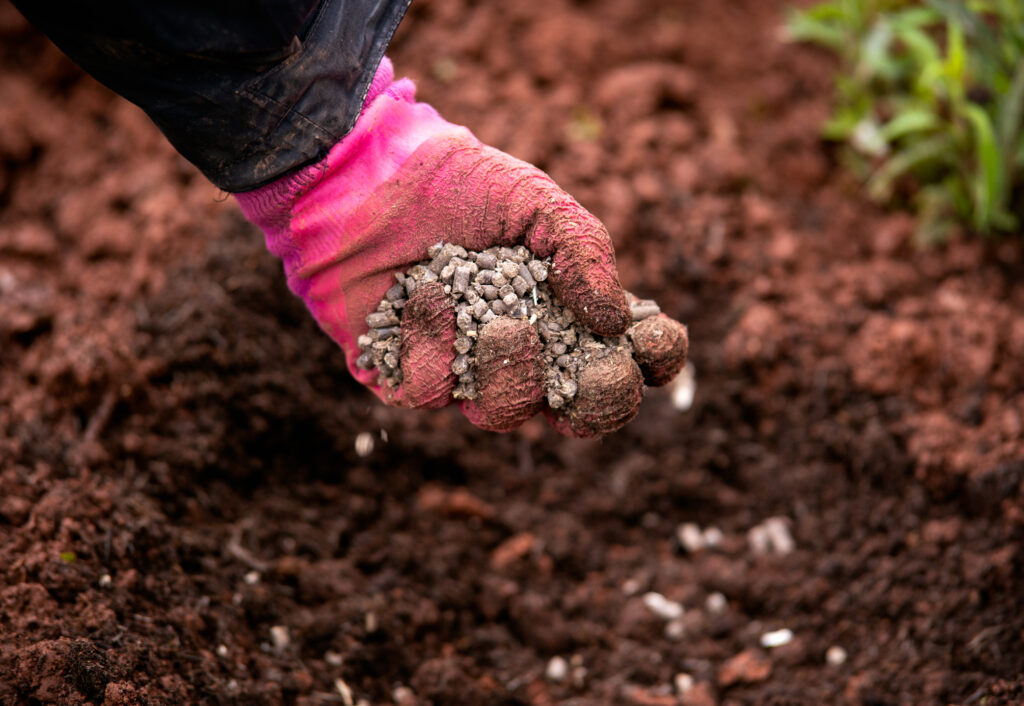
How to Use Organic Matter
- Digging in – Organic matter is often mixed into the soil by digging it in with a garden spade or fork.
- Mulching – The other option is to spread the organic matter over the surface of the soil and around the base of plants. It will eventually break down into the soil below, but in the meantime, it will help to protect the roots of plants from extreme temperatures, conserve water by reducing evaporation, and also prevent weeds from growing.
What is the No Dig Method?
There’s been much talk in recent times of the so-called ‘No Dig’ Method – a gardening technique that involves using organic matter as a mulch on the surface of the soil instead of digging it in. This can help to improve your soil without disturbing its delicate structure and the diverse range of organisms living beneath it.
In this great video, Charles Dowding introduces the process and benefits of the No Dig method:
Frequently Asked Questions about Garden Soil
Which is the Best Soil for Most Gardens?
Loam is the best type of soil for most garden plants. It has a good balance of sand, silt and clay which provides great water retention and drainage as well as plenty of nutrients.
How Can I Test My Soil?
You can test your soil by taking a sample and then performing some tests on it. Kits are available online and in garden centres and generally involve taking a pH reading, measuring soil structure and assessing nutrient levels.
What Does ‘Topsoil’ Mean?
Topsoil is the layer of soil that lies just beneath the surface and usually contains organic materials such as decomposed leaves, grass clippings and other materials.
It’s often the most nutrient-rich layer of soil in a garden and so is great for growing vegetables, flowers and other plants.
This topsoil should be kept separate from any deeper layers of soil and can be added to existing soil or replenished when necessary.
What’s the Difference Between Topsoil and Compost?
Topsoil is soil that contains some organic matter, whereas compost is organic matter – made up of things like leaves and grass clippings, that have been broken down by decomposing organisms.
Topsoil provides an ideal base for creating new beds or replenishing existing ones.
Compost is great for adding nutrients to the soil and can be worked into the existing soil or used as a mulch.
Should I Add Fertilisers to My Soil?
Whether or not to add fertilisers very much depends on the type of soil you have, what plants you’re growing and their specific needs. In general, adding organic matter such as compost to the soil is usually enough to keep it healthy.
If you want to add fertiliser, then make sure it’s suitable for the type of soil and plants you have. Read the instructions carefully and apply them in the correct amounts to avoid over-fertilising.
Organic Matter vs. Using Fertilisers
Adding organic matter such as compost or manure will enrich and condition the soil, improving its structure and nutrient content. This will help to increase water retention and drainage as well as provide essential nutrients for plants.
Meanwhile, adding fertilisers to the soil will help to temporarily increase its nutrient content, but won’t necessarily improve the soil’s structure or long-term characteristics. In ths way, you might say that fertiliser is added to feed plants within the soil, rather than improving the soil itself. In this sense, fertilisers might be used in addition to organic matter, rather than instead of.
What is Ericaceous Compost?
Ericaceous compost is a specially designed soil that’s ideal for growing acid-loving plants such as rhododendrons, camellias and blueberries. It has a low pH level which helps to provide the acidic conditions these plants need in order to thrive.
It can be used on its own or mixed with other types of compost or soil to improve its structure and nutrient content.
Should I Add Sand to My Soil?
Adding sand to your soil can help to improve its structure and drainage. You can simply mix it in with a garden fork in a ratio appropriate to your needs.
The amount of sand you use should depend on the type of soil you have. In general, clay soils will need more sand than lighter soils, and so it’s best to start small and then adjust according to the results that you get.
It’s important to make sure that you use the correct type of sand – sharp sand or builders’ sand is usually suitable for this purpose. Avoid beach or sea sands as these may contain salt which could damage your plants.
What Kind of Soil is Best For Pots and Containers?
For pots and containers, you should use a potting mix or compost which is specifically designed for this purpose. These mixes usually contain some soil along with materials such as coir, perlite, pumice and vermiculite to help improve drainage and aeration.
Are Earth Worms Good for the Soil?
Worms are essential for improving soil structure and adding nutrients to the soil. They help to break down organic matter and release important minerals into the soil, as well as aerate it and improve drainage.
Adding worms to your garden or compost heap can be a great way of naturally improving the soil in your garden. Just make sure that you don’t overdo it – worms will naturally increase in numbers as the soil improves, so there’s no need to add too many.
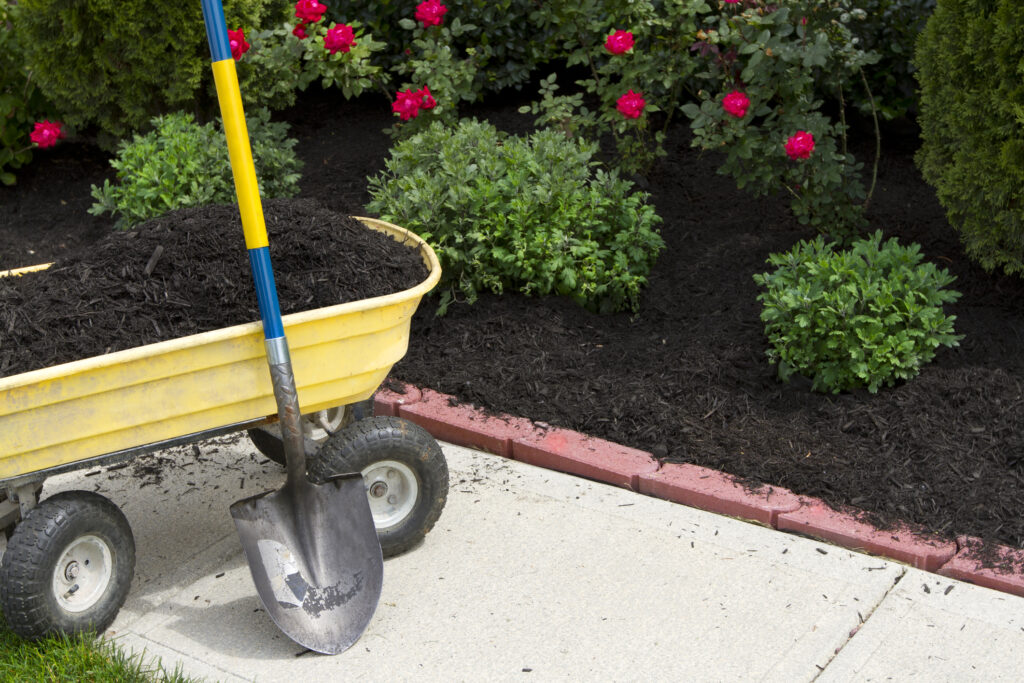
Final Thoughts
Soil is the foundation of any successful garden. Understanding the different types of soil and how to improve them can help you create an ideal environment for your plants.
Whatever soil is present naturally in your garden, remember it can always be improved or even replaced. However, before taking these steps, it’s always best to think about what kind of plants you’ll grow in different areas of your garden.
Most gardens will benefit from a balanced soil type that drains well while retaining water and nutrients well. However, the best soil type is always the one most suited for the specific plants you want to grow.
Whether it’s adding compost or manure, topsoil or sand, fertilisers or worms, there are lots of ways to enhance your soil so that it provides the best environment for your plants. With a bit of knowledge, patience and effort, you can create the perfect soil for any garden.
What’s the soil like in your garden? Any tips or experiences to share? Let us know in the comments!
